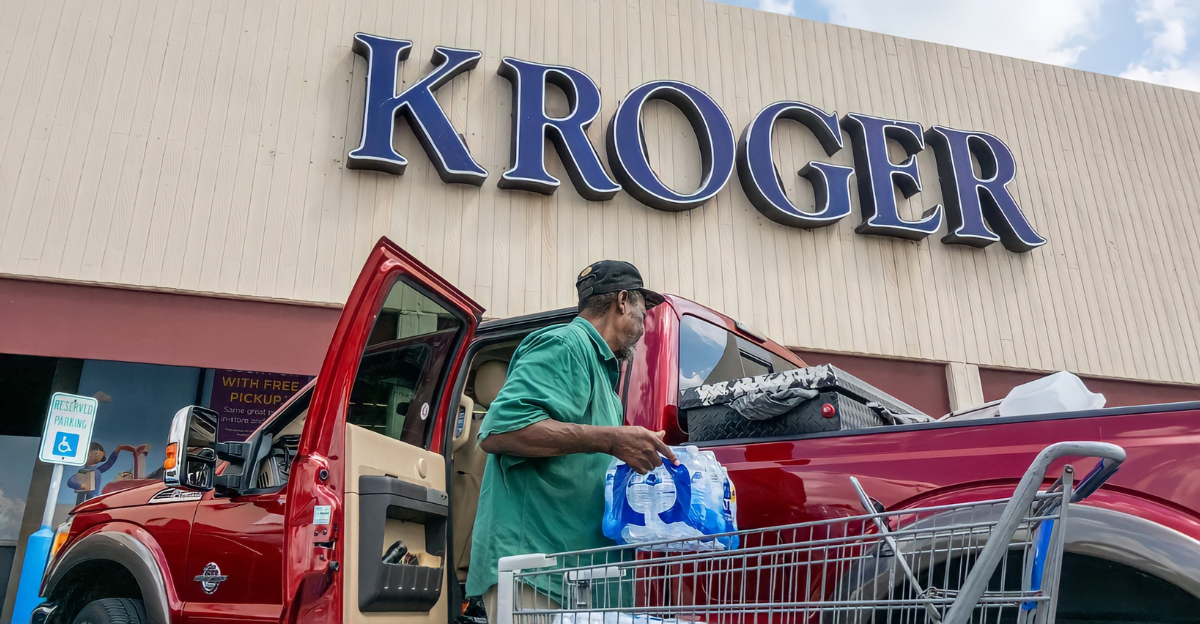
A major shift is underway at one of America’s biggest grocery chains. Kroger, a household name for many, has announced decisions that could change its presence in several communities.
Stores are closing, jobs are being cut, and the company’s finances are under close review. The full picture is still unfolding.
What’s driving these moves, and what might it mean for shoppers, employees, and investors? Let’s look closer.
Kroger’s Reach
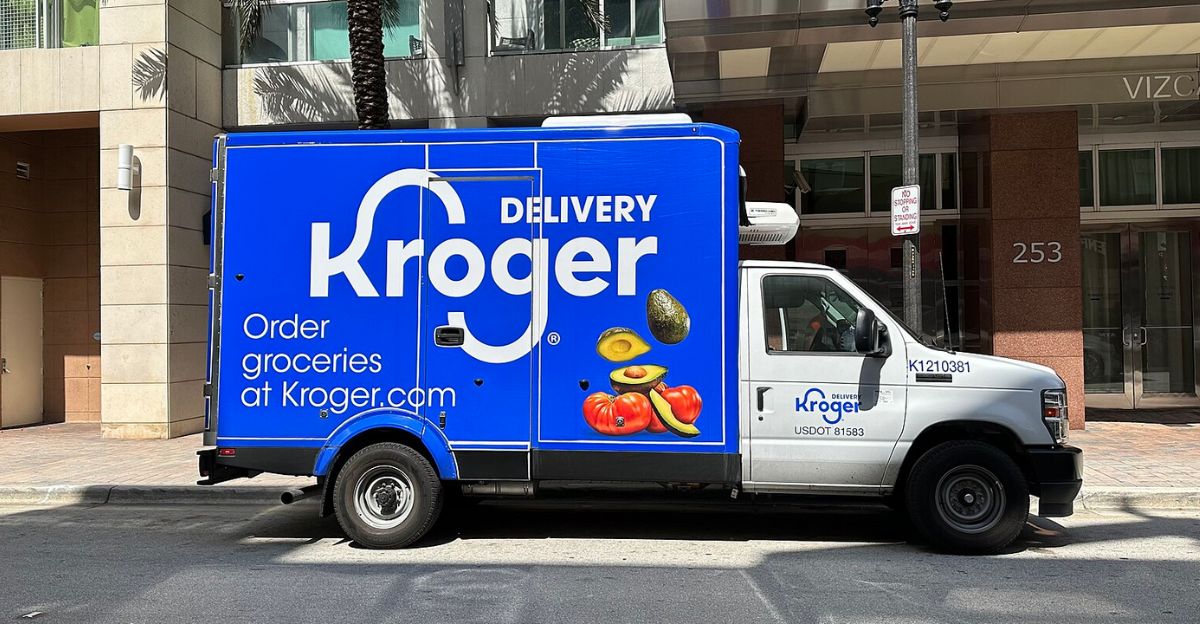
Kroger has thousands of supermarkets across the U.S. and is a daily stop for millions of families. With more than 2,700 stores in early 2025, it remains one of the country’s largest grocery operators. Its size makes any changes ripple far beyond individual locations.
The Announced Closures
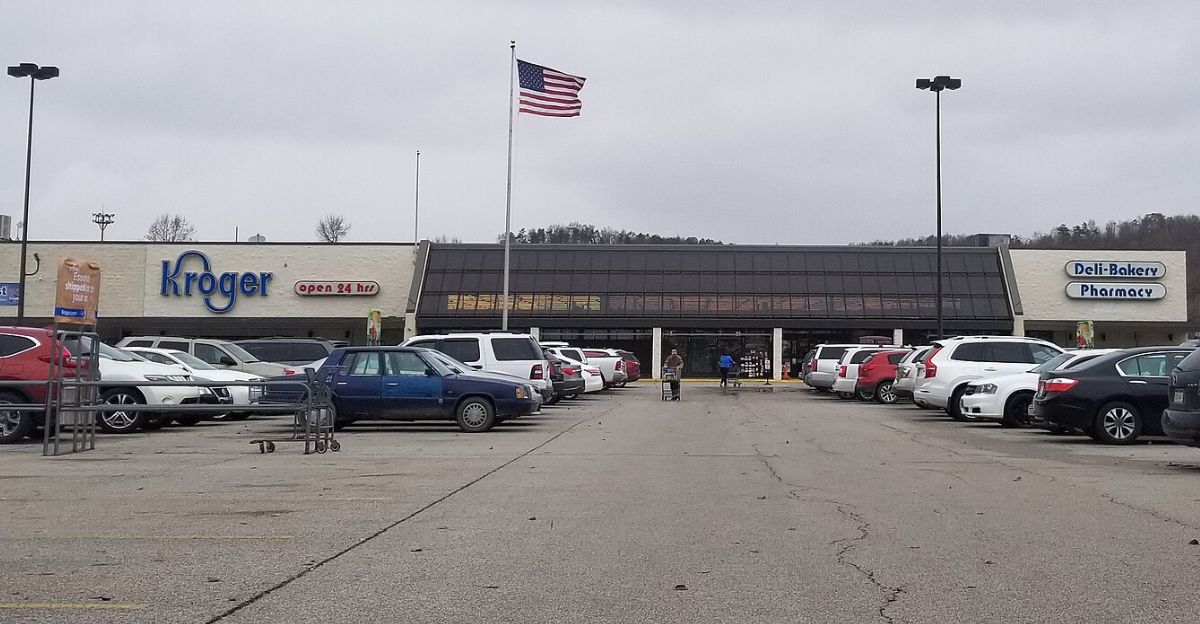
Kroger confirmed it will shut down 60 stores over the next year and a half. That equals about 2% of its stores nationwide. While the percentage may look small, for the neighborhoods losing a local grocer, the effect is far from minor.
Financial Factors
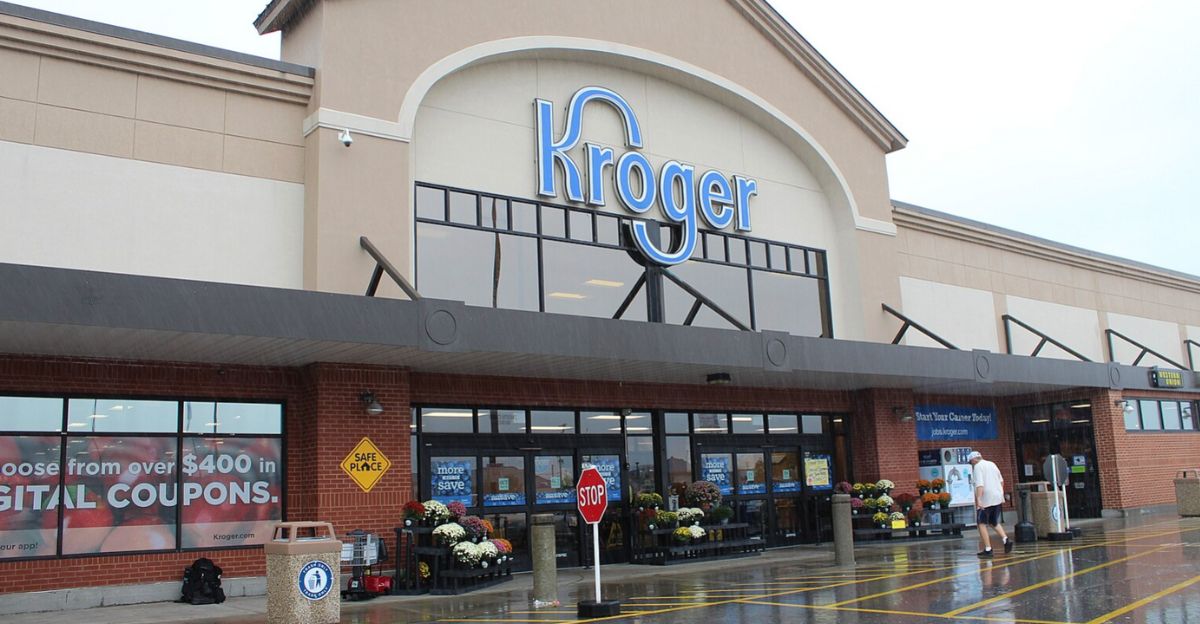
These closures are linked to a $100 million charge the company recorded in its first quarter of 2025. The figure shows how much Kroger is setting aside for stores it considers no longer viable, part of a broader push to control costs.
Job Losses

In addition to store closures, about 1,000 corporate roles will be eliminated. Kroger says it will try to place workers from closing locations into other roles. Even so, many employees are facing an uncertain future.
Words from Leadership

Interim CEO Ron Sargent said the changes are about progress. He explained that trimming underperforming stores is necessary to keep the company healthy. His comments suggest the closures are not just about survival, but part of a longer-term strategy.
Spending Elsewhere

At the same time, Kroger has set aside billions for new projects. Between $3.6 and $3.8 billion will be invested this year in renovations, store upgrades, and technology. This shows that while some doors are closing, others are being improved or opened.
Adjusting After a Merger
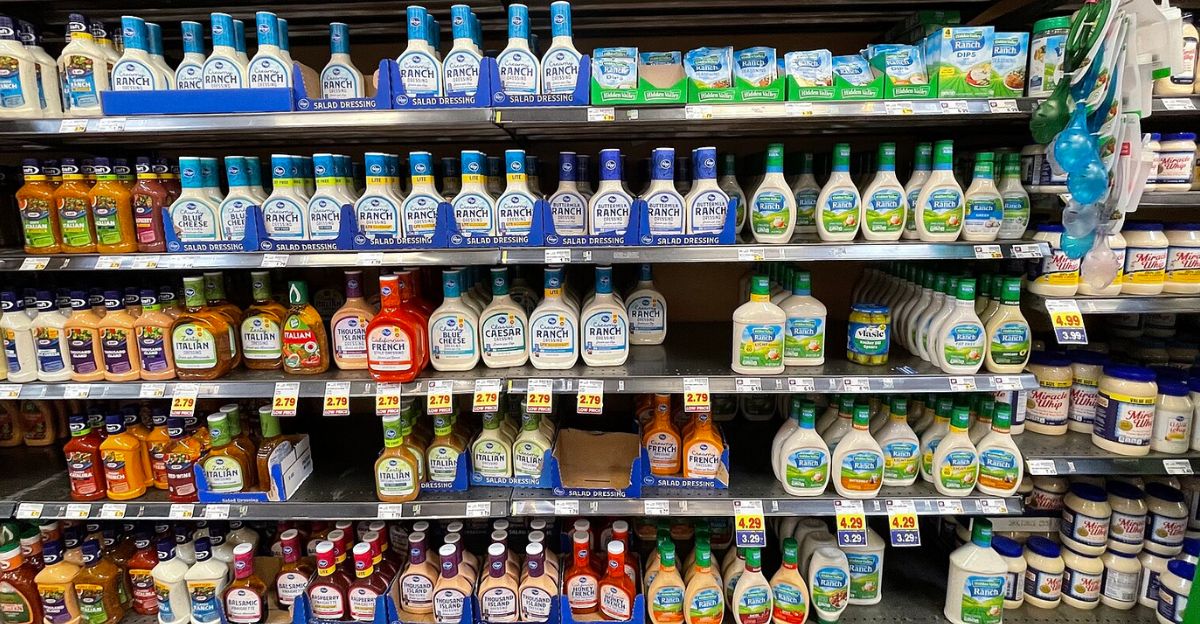
Mergers often bring changes, and Kroger is no exception. Consolidation creates overlap, and cutting costs is usually part of the process. These closures are one way the company is reshaping itself after joining with other chains.
The Competitive Field
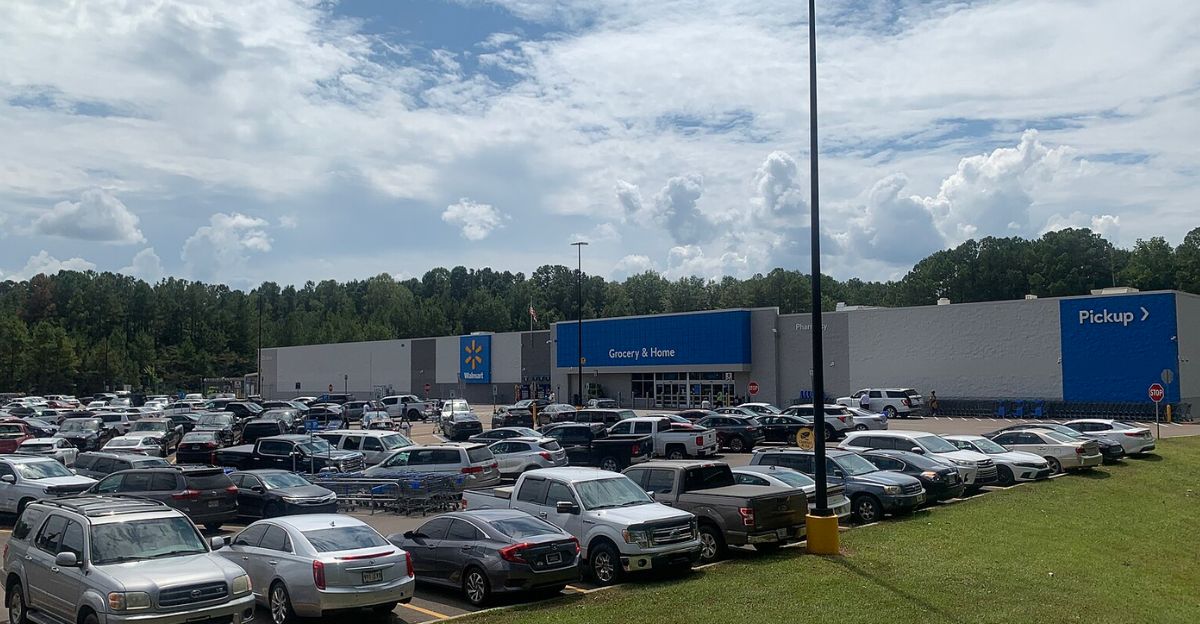
The grocery sector is crowded. Walmart, Costco, Target, and regional chains all fight for shoppers. With families watching budgets closely, price competition has never been tougher. Kroger has to adapt quickly or risk losing ground.
Shoppers’ New Habits
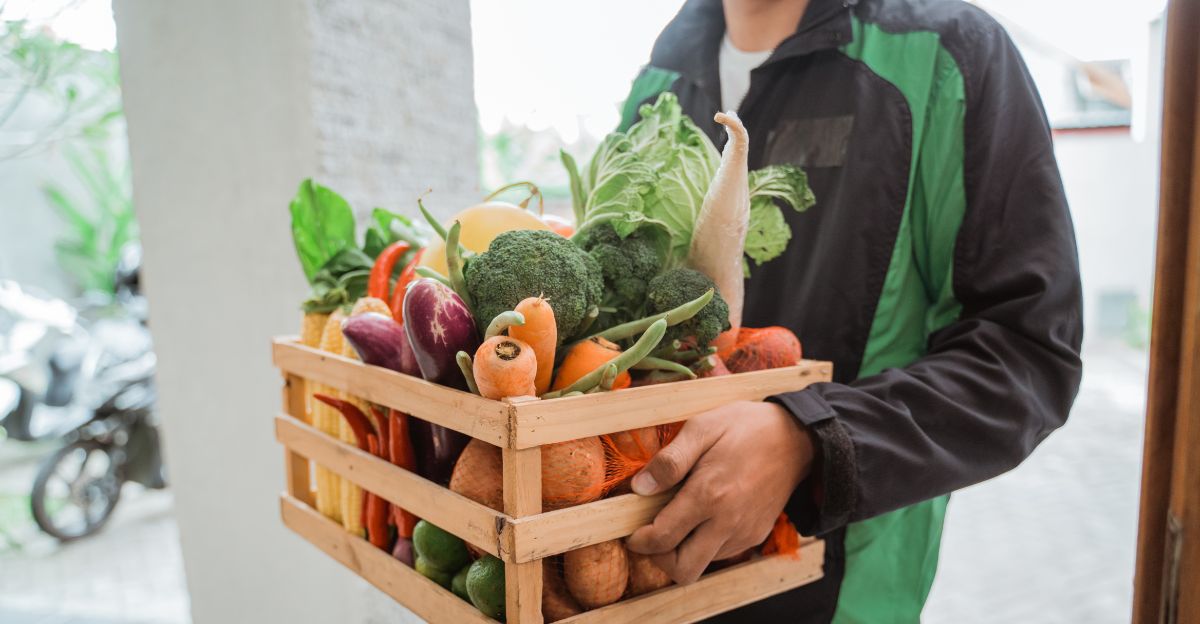
Food buying looks different than it did a decade ago. Online orders, pickup services, and deliveries are now routine for many households. Kroger has invested heavily in digital tools, but keeping up with these changes requires constant spending.
Community Impact
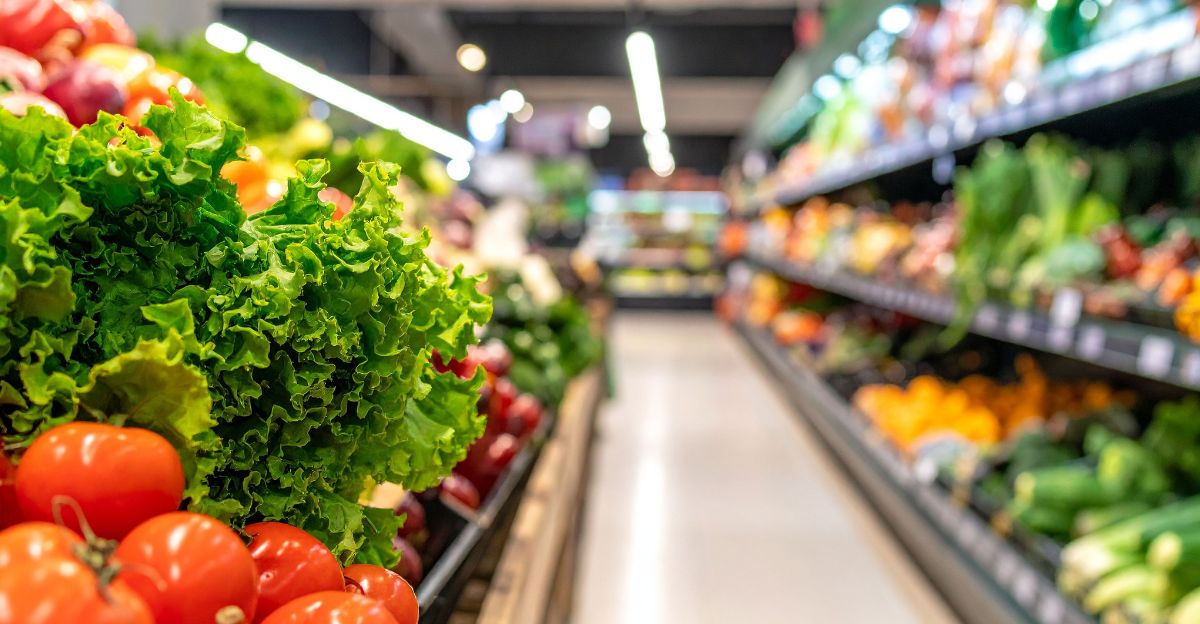
When a supermarket closes, the effects are immediate. People lose nearby access to groceries, workers lose jobs, and small businesses that relied on that foot traffic also feel the hit. For some neighborhoods, losing Kroger means fewer food options close by.
A Broader Pattern
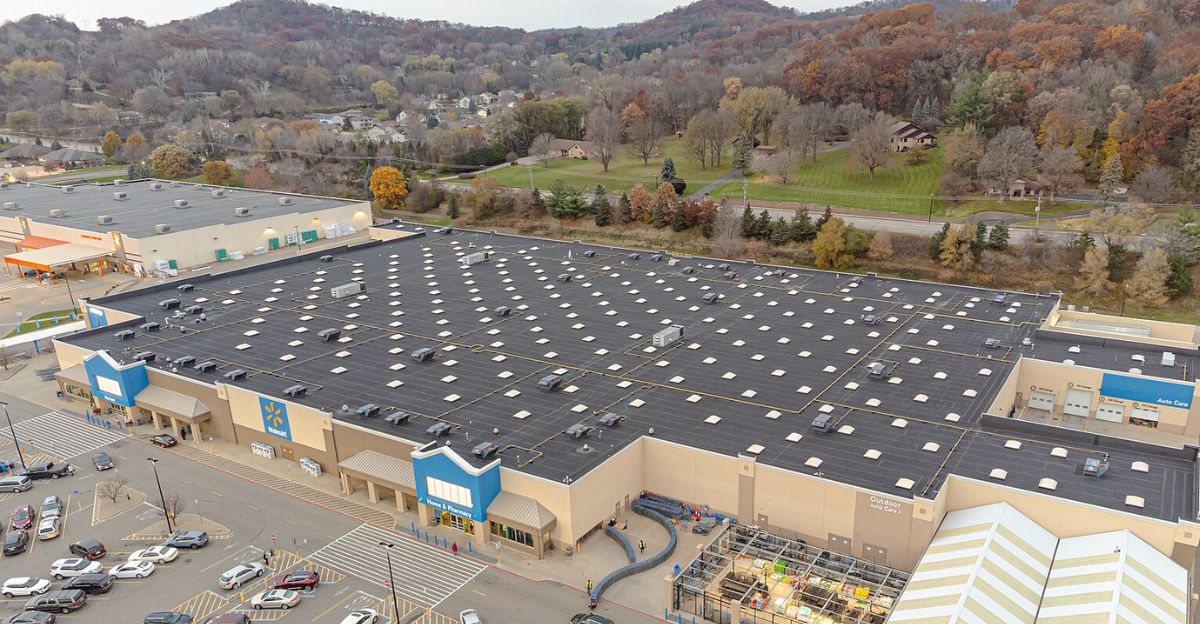
Store closures aren’t unique to Kroger. Many retail chains are shutting down less profitable sites. Higher rent, rising wages, and changing shopping patterns all put pressure on large store networks. Kroger’s cuts fit into this wider trend.
Inside the Company

The corporate job cuts may not be visible to customers, but they reshape how the business runs. Fewer managers and support staff means departments will need to adjust, which could create both challenges and efficiencies in day-to-day operations.
Reaction from Investors

Investors have mixed views. Cutting costs can be seen as smart financial discipline, but it can also raise concerns about sales growth. For shareholders, the key question is whether these moves help Kroger compete or reveal deeper weaknesses.
Competitors Push Ahead
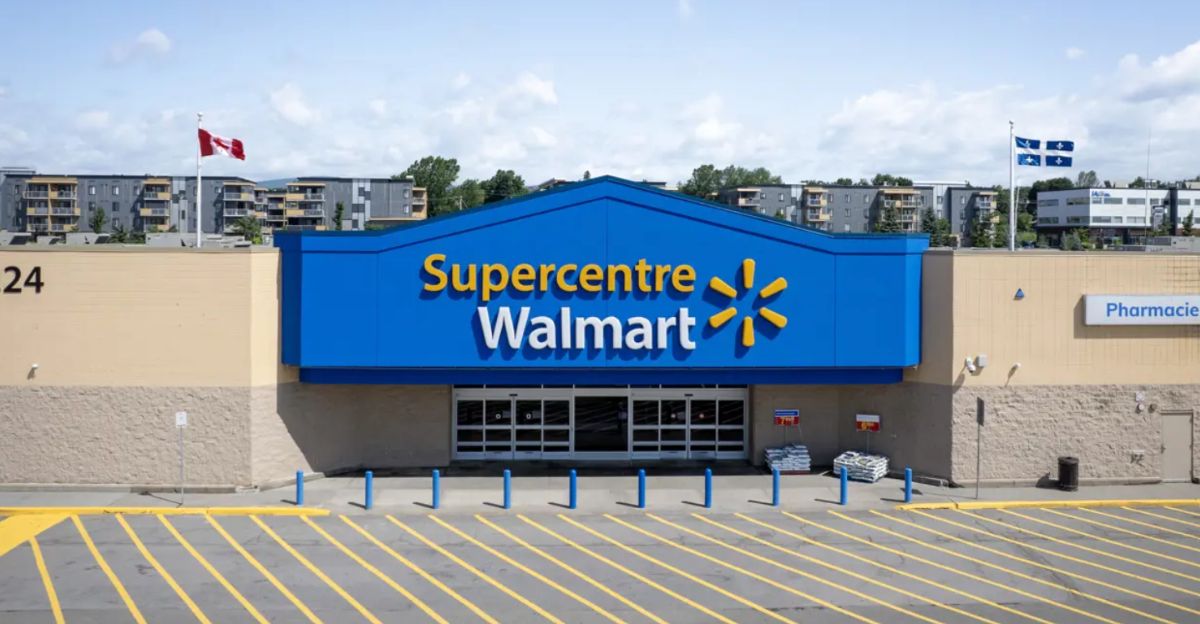
Other grocers are gaining ground. Publix often tops rankings in customer satisfaction, Walmart continues to dominate in scale, and regional stores build loyalty with local service. Kroger must compete on all fronts, from pricing to convenience to customer experience.
Stores Already Closing
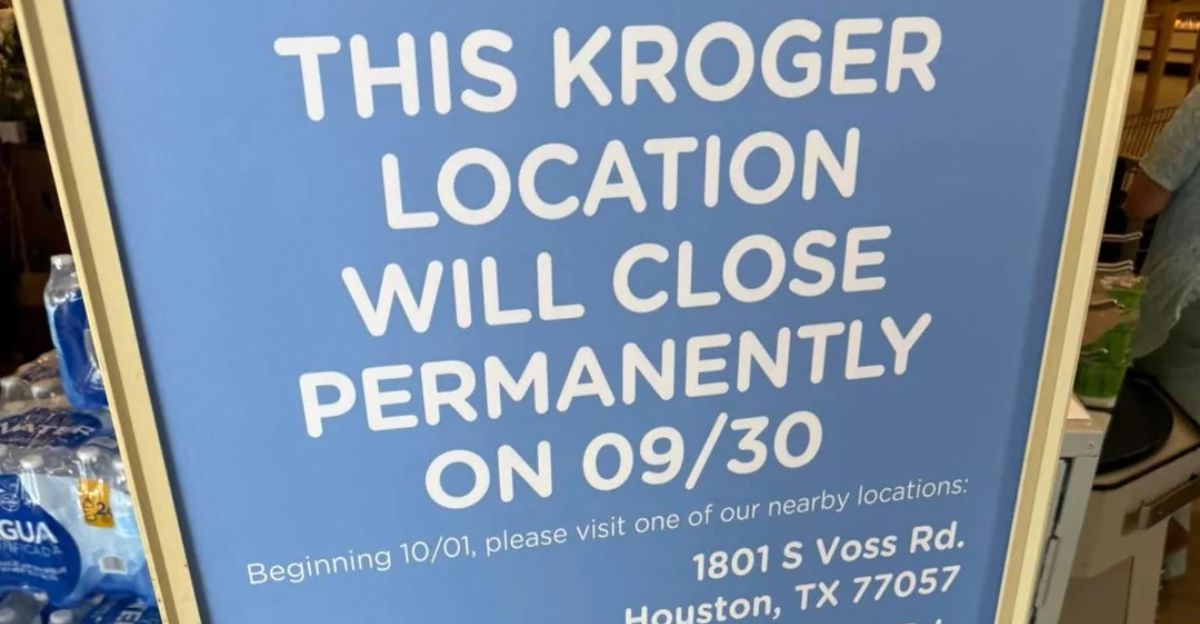
Some closures are happening soon. In Georgia, Illinois, Virginia, and West Virginia, individual stores have already announced closing dates this summer. Residents in these areas are preparing to make longer trips for groceries.
More Closures Later This Year
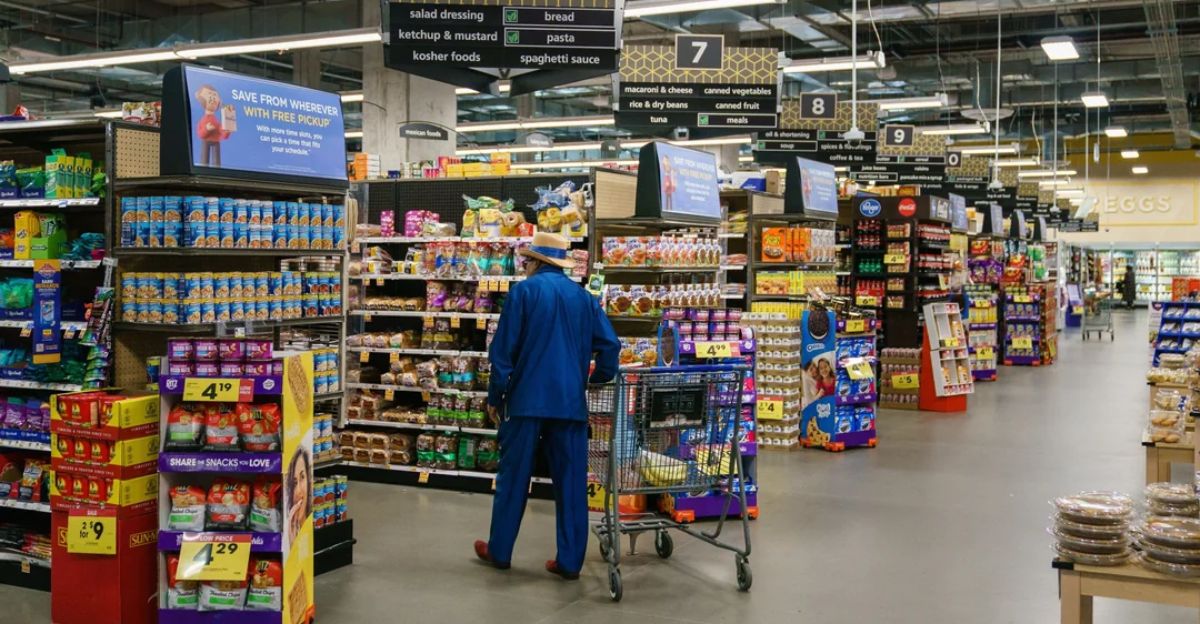
Other locations in Georgia, Tennessee, and Virginia are set to shut later in 2025. The staggered timeline means customers and workers will face ongoing disruption as more stores go dark in the months ahead.
Food Security Concerns
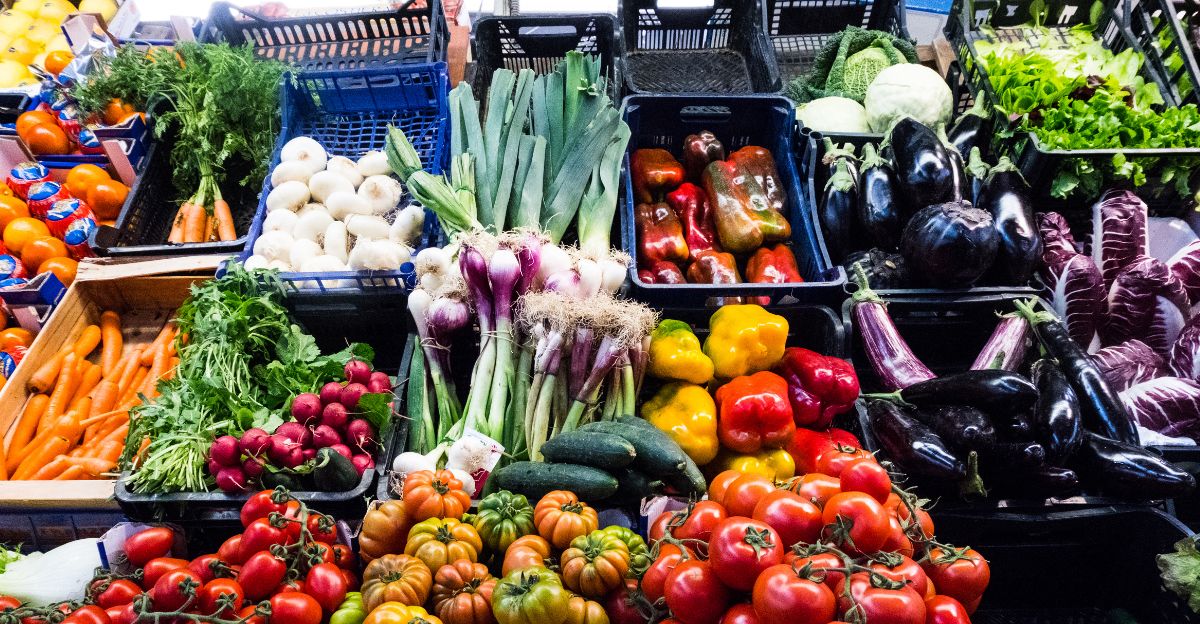
A big question is whether these closures will create food deserts. In areas without alternative grocery stores nearby, families may face limited access to affordable, fresh food. This issue goes beyond business and touches community well-being.
Looking Forward
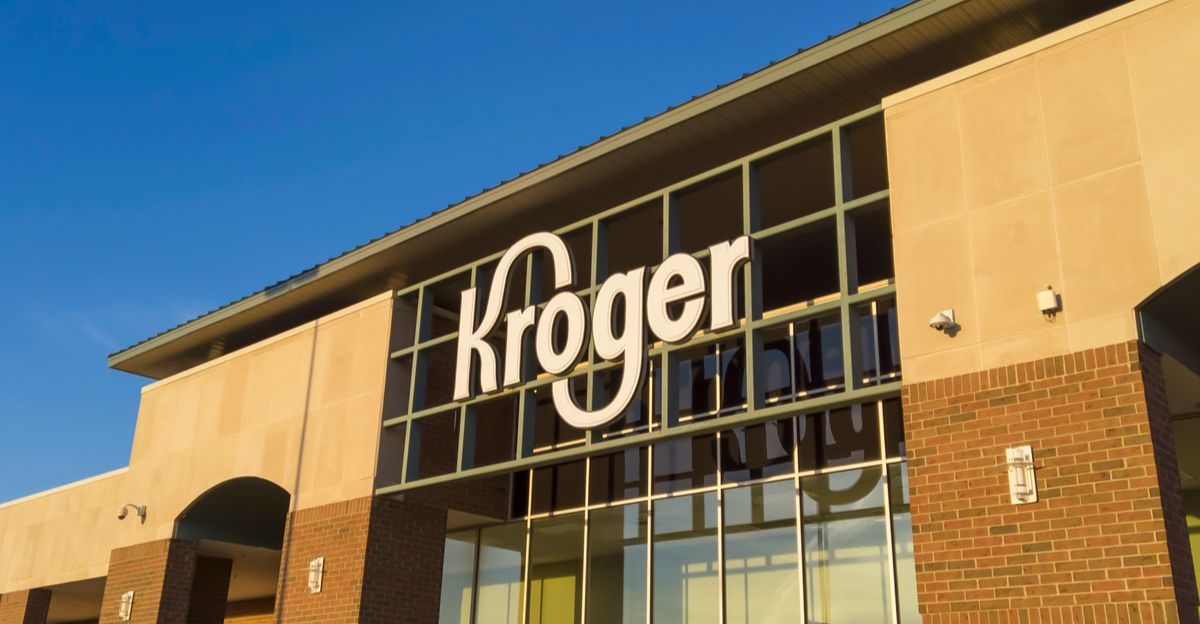
Kroger says it will keep a close watch on how closures play out while continuing to invest in its stronger markets. Whether this approach leads to steadier profits or points to more cuts ahead remains to be seen.
Key Takeaway
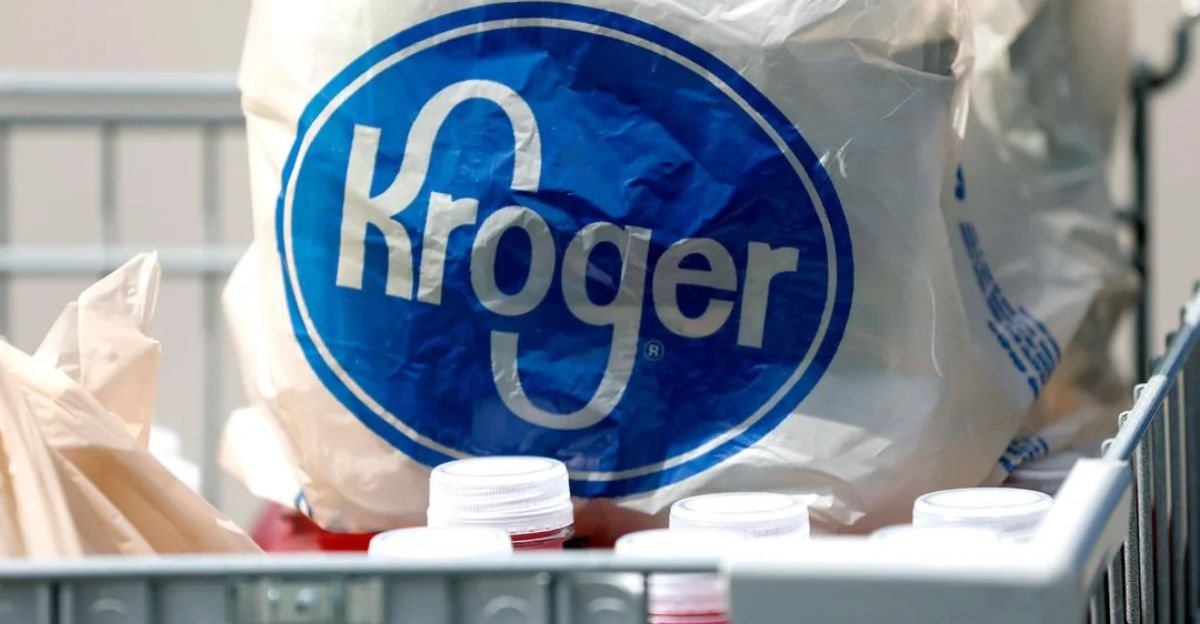
Kroger’s decision to close 60 stores and trim jobs shows how much pressure the grocery sector is under. Costs are rising, competition is fierce, and consumer habits are shifting fast.
For employees, shoppers, and investors, the next 18 months will reveal whether Kroger’s changes strengthen or weaken its role in American grocery.